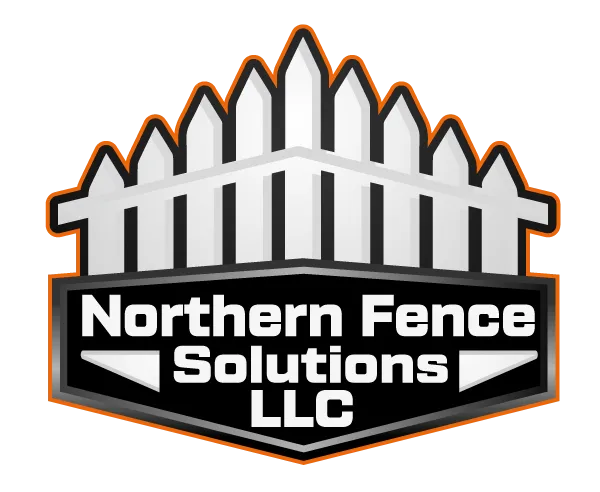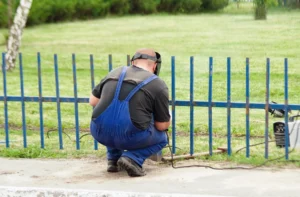Setting up a PVC fence is an incredible way to enhance the security, privacy, and allure of your property.
This type is common among many homeowners due to its longevity, attractive appearance and low maintenance.
Whether you are looking to define your yard, secure a pool area, or just add a decorative touch to your landscape, a vinyl PVC can be quite handy.
One issue that you may have entails doing the installation.
However, learning how to go about this task can be rewarding since you do not have to spend money on hiring professionals.
This article gives a guide you should follow for the fence installation.
Plan and Measure

Vinyl fencing installation explained
The first thing that you have to do entails determining boundaries and identifying key areas like corners and gates. You can mark these spots using stakes and then connect them using a string line. Doing this will help you create a clear layout. Accurate measurements are important to help you ensure that the posts are evenly spaced out and that the panels fit perfectly. You can measure the distance between each post based on the width of your panels and then double-check the layout to prevent instances of misalignments. Taking the time to do the measurements correctly can save you time and make the installation process ten times easier.
Dig Holes and Set Poles
Grab an auger or a post-hole digger and use it to dig holes that are typically one-third the length of your post and at least twice the width of the post. The depth of the hole is important because it ensures the stability. You may want to consider digging deeper holes, especially in those areas prone to frost or high winds. Before setting the posts, you should add a few inches of gravel to each hole. This assists in drainage and prevents the posts from shifting. To set the poles, first, pour concrete around the base of each post. As you do this, ensure that it remains upright as it cures.
Install Bottom Rails
Bottom rails provide the structure that holds the panels securely in place. This step should occur after the concrete in setting the poles has fully cured. Start this step by sliding the rails into the pre-routed slots or you can secure them using brackets. Your choice between the two will highly depend on the design. You need to make sure that the rails are level across all your posts because doing this will help prevent instances of sagging. It also just looks good when everything is uniform. The installation has to be firm to help the rails withstand the weight of the panels.
Insert Panels and Attach Top Rails
After installing the bottom rails, the next thing you need to do is to slide each panel into place between the posts. Depending on the design, the fence may snap into place or need to be secured with screws. As you do this job, ensure the panels are correctly aligned and fully seated in the bottom rails. Doing this is essential because it helps prevent gaps and uneven sections. Once the panels have been set, the next step that follows is attaching the top rails. These rails have to be aligned with the posts. They should be gently lowered onto the panels, making sure they snap or secure into the designated slots.
Install Post Caps
The next thing that follows can entail installing post caps on top of each post. These posts not only promote the overall appearance but they also serve the functional purpose of preventing water, debris, and pests. To do this installation, simply align them with the top of the posts and gently tap them into place with a mallet.
Make Final Adjustments
After the installation, take time to inspect each section carefully. Check to ensure that the installation is done perfectly. In case of any issues, it is at this step that you fix them.
Installing a PVC fence is crucial because it promotes your property’s beauty, security, and privacy. Following the steps above, you can achieve incredible results even if you do it as a DIY. However, as you may have realized, it is quite an overwhelming undertaking. It is because of this that you may want to hire professionals to do it on your behalf. When hiring, select a company that is experienced and proven to do an excellent job.




